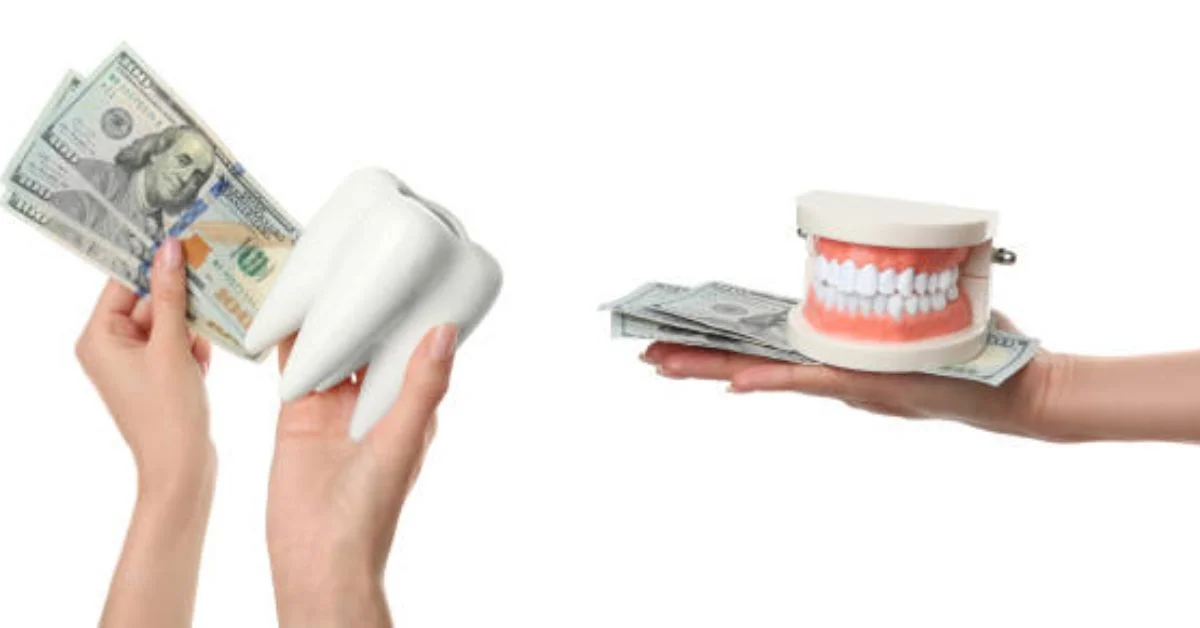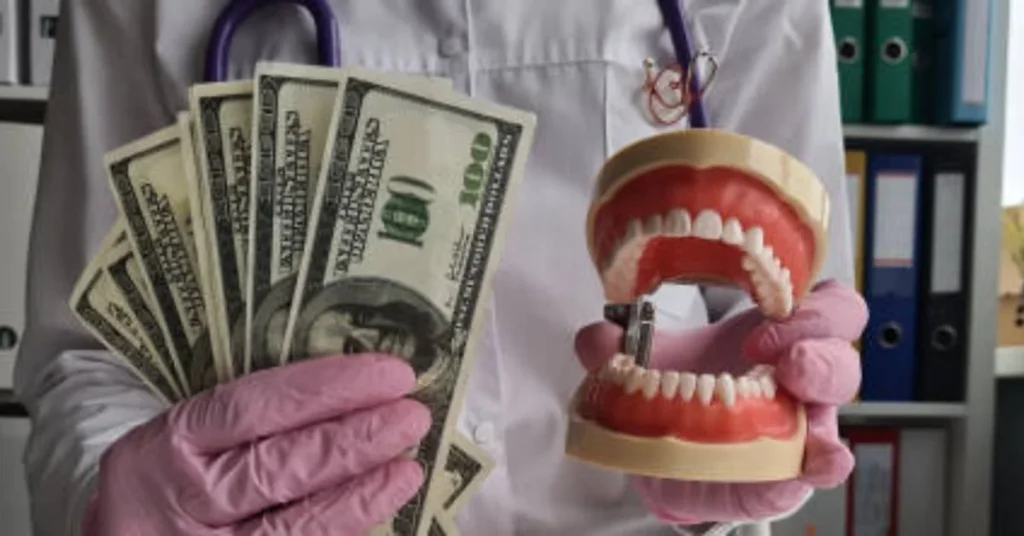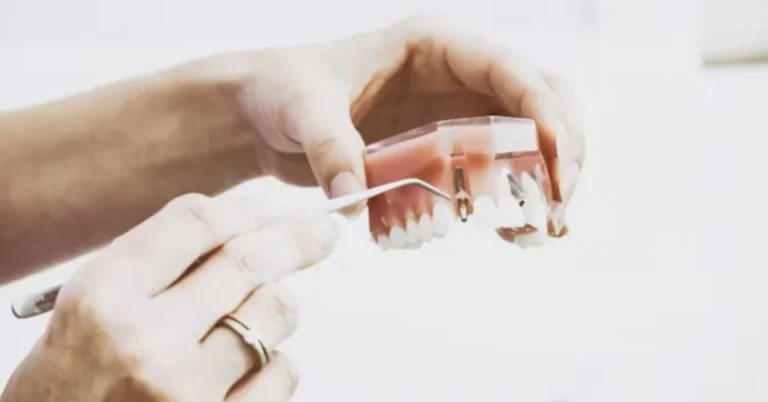
Dental implants have revolutionized modern dentistry by offering a permanent solution for missing teeth. While traditionally expensive, the introduction of “$399 dental implants” has caught the attention of many people seeking affordable dental care. But what does this price include, and is it too good to be true? This comprehensive article explores every detail about $399 dental implants, from the basics of the procedure to hidden costs, safety, benefits, risks, and what patients should consider before moving forward.
Understanding Dental Implants
Dental implants are artificial tooth roots made of titanium or zirconia, which are surgically placed into the jawbone. Once the implant fuses with the bone through a process called osseointegration, a dental crown is placed on top to complete the structure. This combination mimics the function and appearance of a natural tooth more closely than any other tooth replacement method.
Traditional dental implants can cost anywhere from $3000 to $6000 per tooth, depending on factors such as the location of the dental practice, the type of implant used, the specialist’s experience, and additional procedures like bone grafts or sinus lifts. Given this high cost, the idea of receiving dental implants for only $399 can seem like a dream come true. However, understanding what this price entails is essential for making an informed decision.
What Does the $399 Price Typically Cover?
When clinics advertise dental implants for as low as $399, they often refer to the cost of the implant post only—not the complete restoration. This means that the price covers only the titanium screw that is surgically inserted into the jawbone. The abutment (the connector) and the crown (the visible part of the tooth) are usually not included in this base price.
Here’s a breakdown of what the full dental implant procedure typically involves:
- Consultation and X-Rays – Initial evaluations, diagnostics, and imaging to assess bone density and dental health.
- Implant Placement – Surgical insertion of the implant into the jawbone.
- Healing and Osseointegration Period – Allowing time (usually 3-6 months) for the implant to fuse with the bone.
- Abutment Placement – Attaching a connector to the implant once the area has healed.
- Crown Installation – Placing a custom-made dental crown on the abutment to complete the restoration.
In many cases, only step 2 is included in the $399 price tag. When the cost of the abutment, crown, and other necessary procedures are added, the total price often climbs into the thousands.
The Real Cost Behind $399 Dental Implants
It is important for patients to understand that while the promotional cost might look appealing, the total expense of a fully functional and aesthetically pleasing dental implant is generally much higher. Some practices use this low-price advertising as a marketing strategy to draw in potential patients, and then provide a more accurate quote after the initial consultation.
Here’s a sample of what additional costs might look like:
- Abutment: $300–$500
- Crown: $500–$1500
- Consultation, X-rays, and imaging: $100–$300
- Bone grafting (if needed): $300–$1500
- Tooth extraction (if needed): $100–$400
In total, a “$399 dental implant” could realistically cost between $2000 and $4000 after all components and procedures are included. That said, some clinics do offer package deals or payment plans to ease the financial burden, so it is worth inquiring about full-cost breakdowns and financing options.
Why Do Some Clinics Offer Implants at $399?
Clinics offering dental implants at steep discounts may be doing so for several reasons:
- Promotional Offers: The $399 price might be a temporary deal to attract new patients or promote the opening of a new practice.
- Volume Business Models: Some dental chains operate on a high-volume, low-margin model, where they can afford to offer lower prices by serving many patients.
- Limited Service Scope: The advertised price might only include a part of the overall implant process, with other services billed separately.
- Training Clinics: Some dental schools or teaching institutions may offer lower prices for procedures done under supervision by students or residents.
- Overseas Clinics or Medical Tourism: Clinics in certain countries may offer implants at a fraction of the cost compared to the U.S., due to differences in overhead, wages, and material costs.
While some of these models can be legitimate and safe, others may cut corners on quality, sterilization, materials, or aftercare. Always research the provider’s reputation, qualifications, and reviews.

Factors That Affect Dental Implant Pricing
Understanding the cost components of dental implants can help patients identify what’s included in a $399 offer and what isn’t. Key factors that influence implant costs include:
- Location: Dental procedures in urban areas or developed countries tend to cost more due to higher overhead and labor costs.
- Type of Implant Material: Titanium is the most commonly used material, but zirconia is a metal-free, often more expensive alternative.
- Complexity of Case: Patients with low bone density, gum disease, or multiple missing teeth may require more complex procedures.
- Diagnostic Tools: Use of 3D imaging, digital planning software, and guided surgery can increase costs but also improve accuracy.
- Surgeon’s Experience: More experienced or specialized dentists often charge more due to their expertise and lower risk of complications.
Pros and Cons of $399 Dental Implants: Dental Implants
As with any medical procedure, affordability must be balanced with quality, safety, and long-term success. Let’s explore the potential benefits and risks.
Pros: $399 Dental Implants
- Affordability: A lower entry point makes implants accessible to more patients.
- Opportunity for Consultation: Even if the $399 doesn’t include the full procedure, it can provide a chance to consult with professionals and understand options.
- Entry into Dental Care: Promotions may motivate people who’ve long delayed treatment due to cost.
Cons: $399 Dental Implants
- Incomplete Cost Disclosure: Many patients feel misled when they learn the final cost is much higher.
- Quality of Materials: Some clinics may use cheaper implant materials that may not last as long or perform as well.
- Limited Aftercare: Lower-cost procedures may come with reduced follow-up care or shorter warranties.
- Surgical Experience: Inexperienced practitioners or insufficient diagnostic work can lead to complications like implant failure, infection, or nerve damage.
- Hidden Costs: Exclusions like bone grafts, X-rays, and crowns can significantly raise the final bill.
How to Evaluate a $399 Dental Implant Offer
Here are key questions you should ask any clinic advertising $399 dental implants:
- What exactly is included in the $399?
- Are consultations, X-rays, and imaging covered?
- What is the cost of the abutment and crown?
- Will I need a bone graft or sinus lift?
- Is the dentist a specialist in implantology or oral surgery?
- What brand and material are the implants?
- Is there a warranty or follow-up included?
Ask for a complete treatment plan and written estimate before committing. Also, be wary of any practice that avoids transparency or pressures you into a quick decision.
Alternatives to Low-Cost Implants
If $399 dental implants turn out to be misleading or financially unfeasible in the long run, there are alternatives to consider:
- Dental Schools: Procedures performed under supervision can be significantly cheaper.
- Discount Dental Plans: These are not insurance but offer reduced rates with participating dentists.
- Payment Plans and Financing: Many clinics partner with credit providers to help patients pay over time.
- All-on-4 Implants: A cost-effective solution for full-arch replacement using fewer implants.
- Mini Dental Implants: Less invasive and generally more affordable, but not suitable for all patients.
The Importance of Long-Term Success
Dental implants are a long-term investment in your oral health, appearance, and quality of life. A poorly placed or low-quality implant can result in serious complications, including:
- Implant failure or loosening
- Infection or inflammation
- Bone loss
- Gum recession
- Aesthetic problems
When done properly, dental implants have a 90–95% success rate and can last 15–25 years or longer with proper care. It’s important not to prioritize short-term savings over long-term outcomes.
What to Expect During the Implant Procedure
Knowing the step-by-step process can help demystify the experience:
- Initial Consultation: Evaluation of dental and medical history, followed by X-rays or 3D scans.
- Treatment Planning: The dentist creates a custom treatment plan based on your anatomy and oral health.
- Surgical Placement: Under local anesthesia, the implant is surgically placed in the jawbone.
- Healing Period: Osseointegration takes 3 to 6 months.
- Abutment and Crown Placement: After healing, the connector and crown are attached.
- Follow-Up Care: Regular checkups ensure the implant is functioning properly.
Pain is typically mild and manageable, and most patients return to normal activities within a few days.
Post-Implant Care and Maintenance
Success doesn’t end after the implant is placed. Proper oral hygiene and lifestyle choices play a big role in longevity:
- Brush and floss daily
- Use a water flosser or interdental brush
- Avoid smoking or tobacco products
- Visit the dentist regularly for cleanings and check-ups
- Monitor for signs of inflammation or discomfort
Dental implants don’t decay, but the surrounding gum and bone can still be affected by poor hygiene, leading to peri-implantitis and implant failure.
Final Thoughts: $399 Dental Implants
While $399 dental implants may appear to offer a cost-effective way to restore missing teeth, they often only represent a small portion of the total required treatment. Patients should approach such offers with a critical eye, ask thorough questions, and ensure that quality and safety are not compromised for price. A dental implant is a significant long-term investment in your health and appearance, and it’s essential to partner with a trusted provider who offers transparency, skilled care, and lasting results. Always make your decision based on value—not just cost.
5 Frequently Asked Questions About $399 Dental Implants
Q1: Are $399 dental implants legitimate?
Yes, but they usually only cover the implant post and not the full procedure. Always verify what is included and request a full cost breakdown.
Q2: Is it safe to get dental implants at such a low cost?
Safety depends more on the dentist’s qualifications and materials used rather than just price. Choose a reputable provider.
Q3: Can I get a full set of implants for $399 per tooth?
Not likely. The final cost per tooth usually exceeds $2000 once abutments, crowns, and other fees are added.
Q4: Why do some clinics offer such low prices?
These prices are often marketing tactics or may be available at teaching clinics or as limited-time promotions.
Q5: What should I ask before accepting a $399 dental implant offer?
Ask about what’s included, experience of the dentist, type of implant, follow-up care, and total treatment cost.
For more information, click here.







